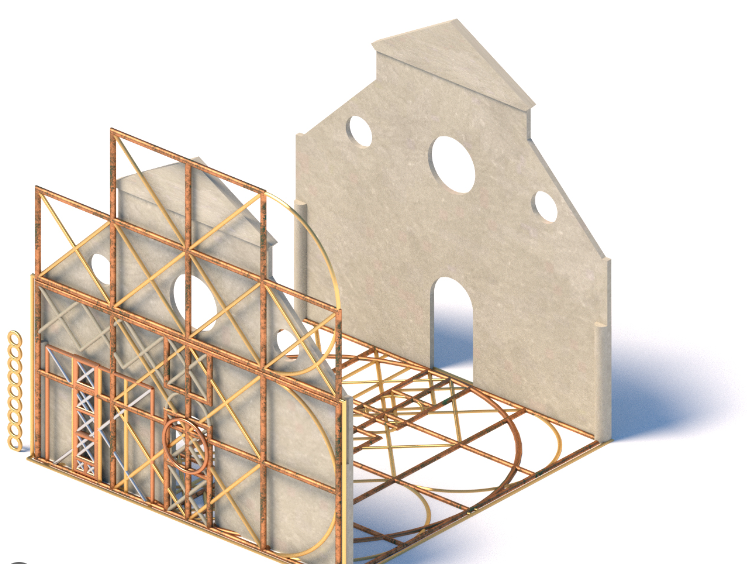The intersection of mathematics and architecture has been a rich and enduring relationship throughout history, with the principles of geometry, symmetry, and proportion lending shape and structure to some of the most iconic architectural designs. By integrating mathematical concepts, architects create buildings and structures that are not only visually striking but also inherently functional and structurally sound. This harmonious fusion of mathematics and architecture has resulted in structures that evoke a sense of balance, beauty, and efficiency. Let’s explore the influence of geometric forms and mathematical principles in architecture.

Geometric Forms
Geometric forms such as squares, circles, triangles, and polygons form the fundamental building blocks of architectural design. These shapes are used to create the basic elements of buildings, from floor plans and facades to structural components. The clean lines and precise proportions of geometric forms contribute to the visual harmony and structural integrity of architectural compositions.
Symmetry and Proportion
Symmetry, a key mathematical concept, is often employed in architectural design to create a sense of balance and harmony. The use of symmetrical layouts, such as axial symmetry or radial symmetry, evokes a feeling of order and equilibrium in architectural compositions. Proportion, another mathematical principle, governs the relationship between individual elements and the overall composition, ensuring a sense of coherence and balance in architectural designs.
Golden Ratio and Fibonacci Sequence
The Golden Ratio, a mathematical ratio of approximately 1:1.618, and the Fibonacci Sequence, a series of numbers in which each number is the sum of the two preceding ones, have been used as design principles in architecture for centuries. These mathematical concepts are employed to establish aesthetically pleasing proportions and forms, seen in the dimensions of elements such as columns, windows, and entire building compositions.
Fractals and Self-Similarity
Fractals, geometric shapes that exhibit self-similarity at different scales, have been used to create intricate and complex architectural patterns. From ornate decorative elements to the design of urban skylines, the repetition and self-similarity inherent in fractal geometry contribute to visually compelling and dynamic architectural expressions.
Structural Design and Load-Bearing Calculations
Mathematics plays a critical role in structurally designing buildings and architectural elements to withstand various forces and loads. Mathematical principles are used to calculate the distribution of loads, analyze forces, and determine structural stability, ensuring that buildings are safe, sound, and resilient.
Parametric Design and Computational Geometry
The advent of parametric design tools, reliant on computational geometry and algorithms, has revolutionized architectural practice. Architects use parametric modeling to create complex, non-standard forms and structures based on mathematical algorithms, resulting in innovative and efficient architectural solutions.
Spatial Optimization and Efficiency
Mathematical principles are employed to optimize spatial arrangements, flow patterns, and functional layouts within architectural designs. This leads to the efficient use of space, streamlined circulation, and the creation of user-friendly environments.
The integration of geometric forms and mathematical principles in architecture enriches the built environment, imbuing structures with a sense of order, beauty, and functionality. By harnessing mathematical concepts, architects create buildings and spaces that are not only visually captivating but also structurally robust, spatially efficient, and harmonious. As architecture continues to evolve, the enduring relationship between mathematics and design will remain a cornerstone of architectural innovation and excellence.
